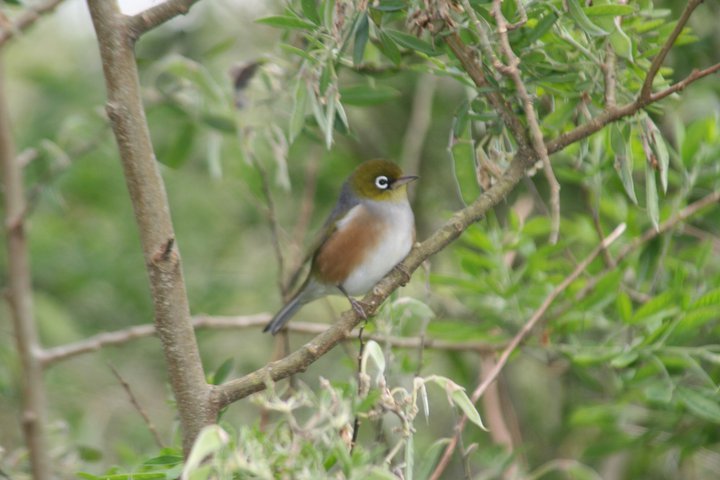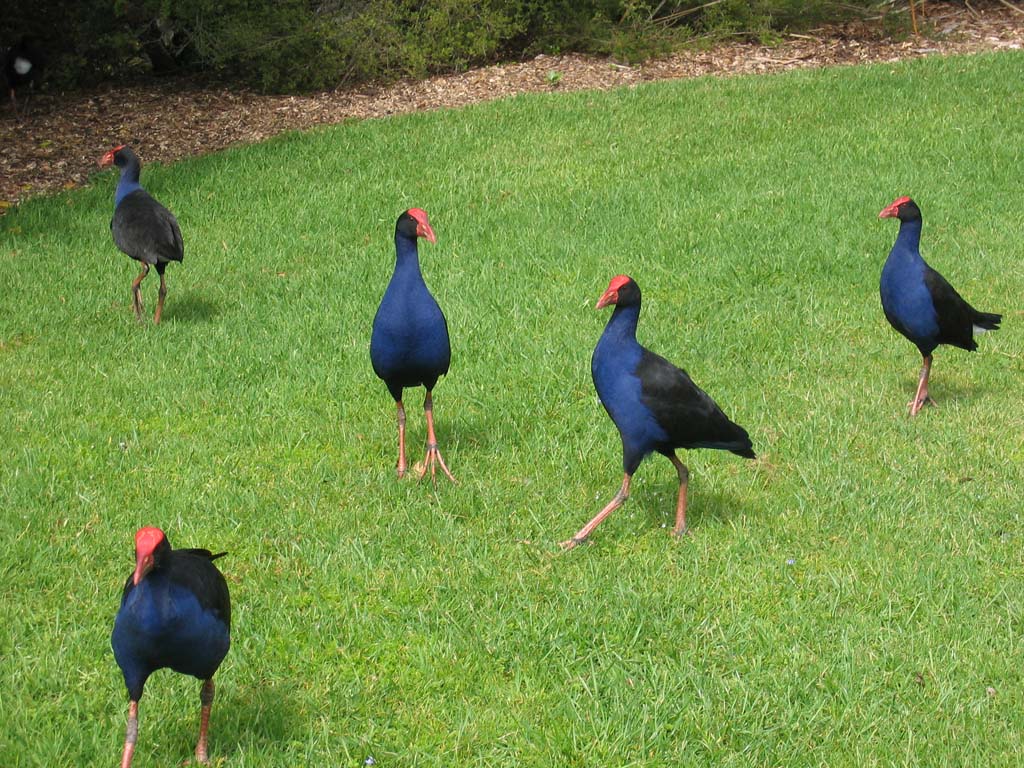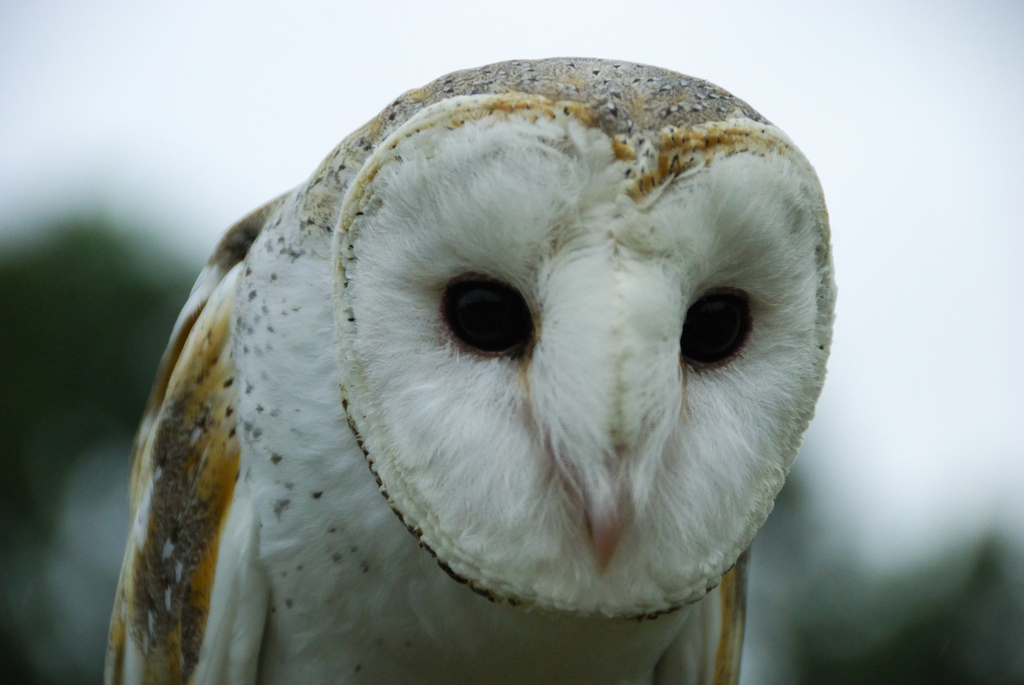Birds in New Zealand are at their broadest defined by one of two categories, native or non-native. Non-natives abound, thanks to the determined efforts of the Victorians, who considered New Zealand’s bird fauna interesting but doomed and depauperate, and in general need of improving. These presumably well meaning gentlemen decided to release many dozens of species of birds, many of which established themselves in the country. Non-natives are not always unwelcome, in many places they may be the most commonly seen birds, but they are not much loved compared to the natives. They are certainly not afforded much protection, although for the most part they are in little need of it. Indeed some introduced birds seem to be doing better here than their cousins back home.
European Blackbirds (Turdus merula) are extremely common birds introduced by Europeans.
It is the natives that the country loves. But the thing is that the natives are themselves, at some point in time, introductions. Self-introductions. Ever since the proto-New Zealand (named Zealandia in a flash of astonishing originality) broke off from Gondwana and began lurching northwards birds have been flying to it. Most biologists who study New Zealand’s birds hold that almost all New Zealand’s birds, even the kiwi, originally flew here, as opposed to being part of the break up package of Gondwana. Almost all, because there is a suspicion that the New Zealand wrens, those tiny sometimes flightless often extinct birds I mentioned last week were around back then. The issue isn’t settled by any account.
But apart from those tiny birds, everything else flew here at some point. That point would certainly have been a long time ago for some. For the kiwi and moa it was long enough ago to not only lose flight but even almost their wings.
Most of them came from New Zealand’s nearest considerable neighbour (and rival), Australia. Seabirds could have come from anywhere, perhaps even New Zealand itself (the country is petrel diversity hotspot) and there is at least one group of parrots, the Cyanoramphus parakeets, that came from the island group now called New Caledonia, but most birds here are naturalized Australians. They have been coming for millions of years. They are still coming now. Vagrants aren’t common here but they do occur. Australian migrants are the most common birds to end up here as vagrants, swifts, woodswallows, rollers and cuckoos.
One of the most interesting groups of native birds are the most recent arrivals here in New Zealand. Since humans in all their various forms arrived they have been busy changing the country to suit their various needs. Killing off species for various reasons, and turning what was mostly a forested country into a patchwork of forests and fields. And this trickle of vagrants found new opportunities and niches in the newly changed country, and began to colonise New Zealand. The new nature of these species is recorded in the Maori name of the Silvereye, which is called the Tauhou, little stranger. The Silvereye is a complete newcomer to New Zealand, and has not found its way into native bush with complete avifaunas.
Silvereyes (Zosterops lateralis) flew across the Tasman Sea to colonise New Zealand
One interesting type of early arrivals were the Pukeko/Purple Swamphen and the Swamp Harrier, both of which were not so much new arrivals as reinvaders. Both species are posited as the Australian ancestors of native species, the Takahe and Moho (or North Island Takahe) in the case of the Pukeko and the Forbes’ Harrier from the Swamp Harrier. As all three endemic species declined and in two cases went extinct their niches came back onto the market, as it were, and allowed the Australian species to repeat history. Indeed, this has happened not just in New Zealand but also across the Pacific, where many extinctions of endemic species have been followed by reinvasions by the original trampy super-dispersers.
Things really got going more recently. Spur-winged Plovers first bred in 1932, in Invercargill Airport of all places. Welcome Swallows first bred here in 1958. Australian Coots in 1954, another species that replaces its lost relative, the New Zealand Coot. Royal Spoonbills, Nankeen Night Herons, and White-faced Herons too. Cattle Egrets first arrived in the 1960s, part of their world-wide invasion blitzkrieg, and they are regular winter migrants but not breeders.
Pukeko, or Purple Swamphens (Porphyrio porphyrio) are common, bold and popular New Zealand birds. Image by Emily Walker via Flickr
Unlike the indifferent to cold reactions to introduced species, Kiwis like the self-introduced species. Classed as natives they are afforded the same protection as other natives from persecution (with the exception of Pukeko, which are sometimes hunted as gamebirds and the Silvereyes, which are sometimes controlled as agricultural pests). Pukekos are one of the commonest birds you’ll see on mugs, t-shirts and mugs in the tourist shops, after the kiwi and perhaps Tui.
Which brings me, eventually, to New Zealand’s newest native species. They’ve been seen as occasional vagrants here in New Zealand before, although only eight times since records began, but a pair managed to slip into the country, perhaps after being pulled in a bushfire updraft, and begin breeding in Kaitaia, Northland. They may first have successfully bred in 2009, but it was this year that the first confirmed breeding of Barn Owls in New Zealand was recorded. A young bird, possibly the first chick, was injured and taken to the Wingspan Birds of Prey Centre, where it was named Tahi.
I hardly need tell any of you much about Barn Owls; they turn up just about everywhere. Most every birder has seen one, and been entranced by the spectacle. I’ve watched them at sunset in Tonga, being mobbed by Western Gulls in California, hunting in my parent’s backfield in England. It remains to be seen whether they are able to establish here, but the environment seems perfect, with an abundance of fields and a superabundance of rodents. They are already proving to be interesting from a scientific standpoint as the well studied colonization attempt. Wingspan, who care for the injured chick, have already published a paper on the breeding attempts and the diet of the Barn Owls; it seems that the vast majority of the diet is composed of introduced species, not natives.
So, Barn Owls, welcome to New Zealand. Stay away from the kiwi and you’ll do just fine.
Barn Owl (Tyto alba) in Australia. Image by Richard Fisher via Flickr
Image of a Barn Owl released on Creative Commons Attribution 2.0 Licence. Pukekos released under a Creative Commons Attribution Share-alike 2.0 License.

















Great post, Duncan. MORE!
Thanks for that very nice blog. It is interesting to realize that at one point there was that supercontinent which gave us common birds to distant places.
“Welcome to New Zealend” – this reminds me of a very charming experience I had after landing in Wellington on my first (and as yet only) trip to NZ: the first native bird I saw was – tatatataaaaa – the Welcome Swallow. I thought that was a very nice coincidence, especially as the first bird I saw from the runway was the European Starling.
I absolutely loved seeing Pukeko. Its other relatives (come on, don’t tell me they are all the same species) are such shy and elusive birds of reeds and marshes, while the Pukeko can be seen on open meadows and lawns in flocks, yes flocks. What an amazing species!!
Can’t wait for more posts on New Zealand! Excellent!
Of course I meant Auckland, not Wellington – do I feel stupid?
Arrived on your blog via Emily’s photo of the pukeko.
My 11-year old daughter wants to be an ornithologist when she grows up, so I will certainly bookmark your site for her. Just yesterday, she said, “Mum, I think I’ve been hearing a shining cuckoo the last few days. We went outside and sat quietly, and sure enough .. we heard it.
Anyway, she will be fascinated to read about the barn owls in Northland. They are one of her favourite “non-new zealand” birds (or so we thought!)
Great Post feel free to use any of my photos in future posts.
http://www.flickr.com/photos/peregrinebirdphoto/sets/72157614382945371/
I was interested in how the House Sparrow seems to have evolved since arriving in NZ
http://www.flickr.com/photos/peregrinebirdphoto/3403580629
Craig, that is an intriguing House Sparrow indeed!
Looking for a “single” site that has a photo gallery of all NZ birds ??